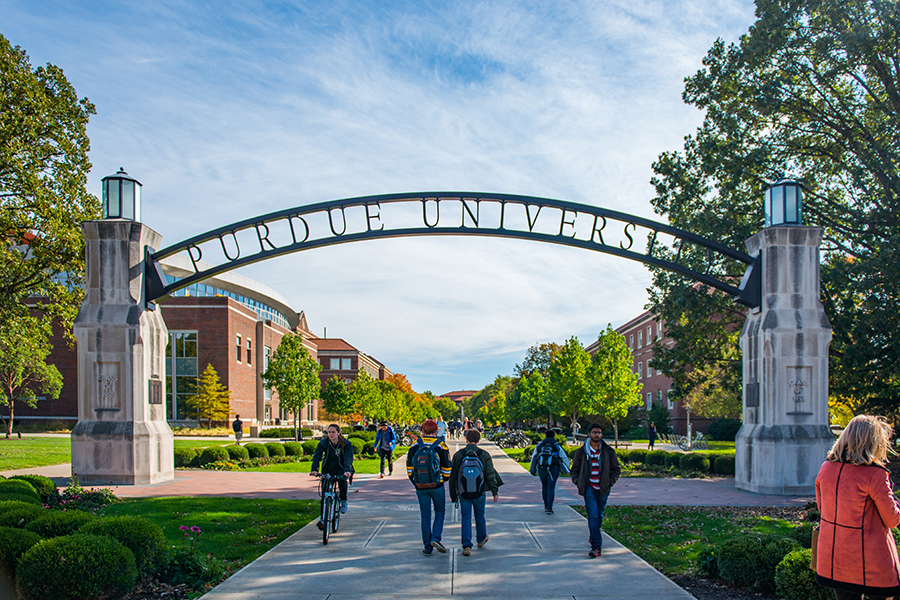Kinam Park among Purdue Engineering faculty to receive prestigious research recognition

Five Purdue Engineering faculty earned designations on Clarivate’s 2022 list of Highly Cited Researchers.
Clarivate, a global web analytics company, identified 6,938 researchers who demonstrated a disproportionate level of significant and broad influence in their field or fields of research, according to a release. The methodology draws on data from the Web of Science citation index with analysis performed by bibliometric experts and data scientists at the Institute for Scientific Information at Clarivate.
Four College of Engineering professors were named to the list for the third consecutive year, and a new name was added.
Alexandra Boltasseva, the Ron and Dotty Garvin Tonjes Professor of Electrical and Computer Engineering, was recognized for cross-field impact. She specializes in nanophotonics, optical metamaterials and quantum photonics.
Letian Dou, Charles Davidson Assistant Professor of Chemical Engineering, was also recognized for cross-field impact. His research focuses on using simple chemistry and physics to design materials that tackle today’s most critical energy and sustainability challenges.
Alexander Kildishev, professor in the Elmore Family School of Electrical and Computer Engineering, is the newest addition to the list and was recognized for cross-field impact. His research focuses on modeling of nanophotonics devices, optical metamaterials and transformation optics.
Cited for his research in pharmacology and toxicology was Kinam Park, Showalter Distinguished Professor of Biomedical Engineering. His research focuses in the areas of nano/micro particles, polymer micelles, drug-eluting stents, extracellular matrix, fast dissolving tablets and smart hydrogels.
Vlad Shalaev, the Bob and Anne Burnett Distinguished Professor of Electrical and Computer Engineering, was recognized for his impact in the field of physics. He specializes in nanophotonics, plasmonics, and optical metamaterials.
The Highly Cited Researchers’ names are drawn from the publications that rank in the top 1 percent by citations for field and publication year in the Web of Science citation index, and the list identifies the research institutions and countries where they are based.
